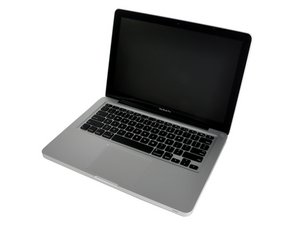Late 2011 13" MBP performance declining - tips?
My laptop use has increased from moderate to heavy use during quarantine and it has started slowing down, freezing and requiring a reboot much more often in the past month. Interestingly, this happens much more often using Finder, Messages & Google Chrome than theoretically more CPU-intensive programs like Ableton & Adobe Premiere. Startup seems to have gotten notably slower as well. I understand that many MBPs of this vintage still function well so I’m looking for ways to keep this thing running for a while more.
Specs:
Late 2011 13” Macbook Pro running 10.12 (when I upgraded to 10.13 in 2018 I had major problems so I rolled it back)
Upgraded to a Kingston 120GB SSD in 2015
Upgraded to 8GB RAM in 2018
Replaced the battery last month
Typically maintain at least 10GB free space on the SSD
Disk Utility First Aid returns no issues
Potential fixes:
Should I replace the SSD? I’ve considered upgrading to a larger one because the price has decreased so much.
Should I replace the HD connector cable? I’ve seen people suggest this.
Could declining performance be a result of my OS becoming increasingly outdated? If so, is there a way to upgrade and avoid the problems I had (which I think were related to APFS)?
I run a fair number of extensions, on Chrome and macOS (see screenshot) — could these be the cause of declining performance?
Esta é uma boa pergunta?

 3
3  1
1 
 970
970 

